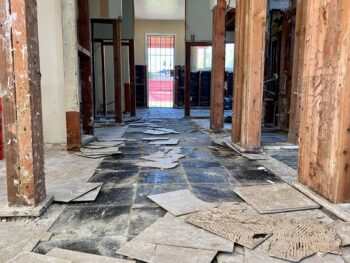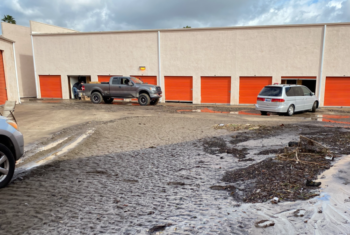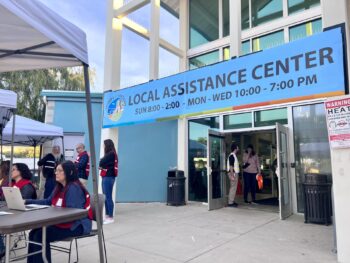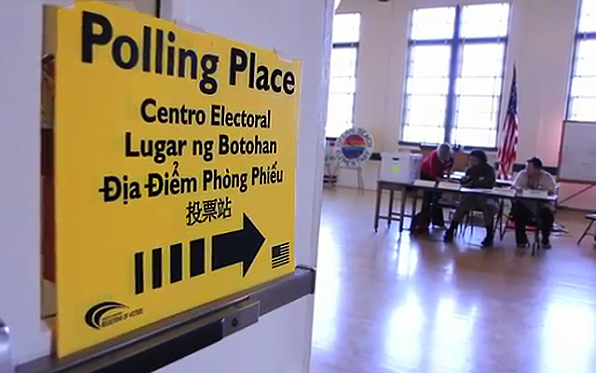Three years after the state’s Public Safety Realignment took effect, County public safety and health leaders are reporting positive outcomes and no increase in violent and property crime rates, which continued to fall as of midyear 2014 in San Diego County.
The successful management of the thousands of felons under the County’s realignment plan was credited to a collaborative effort focused on rehabilitation, crime analysis, and aggressive enforcement.
“All the statistics look good,” said Supervisor Dianne Jacob, Chairwoman of the County Board of Supervisors. “I guess we’ll be looking forward to what SANDAG brings forth in terms of their (end of year crime) report, too, but so far so good.”
With the passage of Assembly Bill 109 in 2011, the state turned responsibility for criminals convicted of non-serious, non-violent, non-high-risk sex felonies, who ordinarily would have fallen under the state Parole supervision, over to local counties.. People convicted of non-serious, non-violent felonies were also to begin serving their terms in local jail rather than state prison and with possible participation in a mandatory intense supervision program as well.
“I know three years ago when we were facing the effects of AB 109, we were all very concerned as to how it was going to be handled, how the money was going to be flowing. Locally, we knew we could do the job better than the state does the job,” Jacob said. “I just want to take a moment to commend all of you all for working together. It may sound simple but that is not the case in other counties.”
Under realignment, about 240 criminals are sentenced each month, most of them for property and drug crimes. The Public Defender’s Office encourages eligible felons to participate in collaborative courts such as mandatory supervision court, re-entry court, behavioral health court, veterans court and drug court, all aimed at targeting and treating each offender’s specific issues.
The Sheriff’s Department estimates it now houses about 1,500 offenders who are serving multi-year sentences. Expanded jail capacity and rehabilitative programs inside jails have helped manage the increase in criminals sentenced locally.
The Probation Department supervises about 2,200 felons under realignment when they are released from custody — about 400 of those are under mandatory supervision. Probation officers create a tailored plan for felons at the department’s Community Transition Center and also refer felons to more than 150 rehabilitative programs. A strong public safety, social services and health services approach is helping to treat some of the core issues with offenders to keep them from committing more crimes.
In this last fiscal year, the County Health and Human Services Agency has provided about 2,300 offenders under realignment with residential and outpatient drug and alcohol treatment programs and mental health treatment.
Public safety officials said they are holding offenders accountable with unannounced visits and promptly arresting them if they reoffend.
Lower crime rates are a key indicator of success, noted Sheriff Bill Gore in addressing the board Tuesday. As of midyear 2014, violent crime rates were down to 3.43 crimes per 1,000 people, compared to a rate of 3.45 last year, and a 3.7 rate in 2012. Property crimes stood at a rate of 19.4 crimes per 1,000 down from a 22.23 rate last year, according to statistics from the San Diego Association of Governments.
The County’s collaborative approach involves the District Attorney’s Office, the Public Defender’s Office, the San Diego Sheriff’s Department, San Diego County Probation, and the Health and Human Services Agency as well as other law enforcement agencies.





